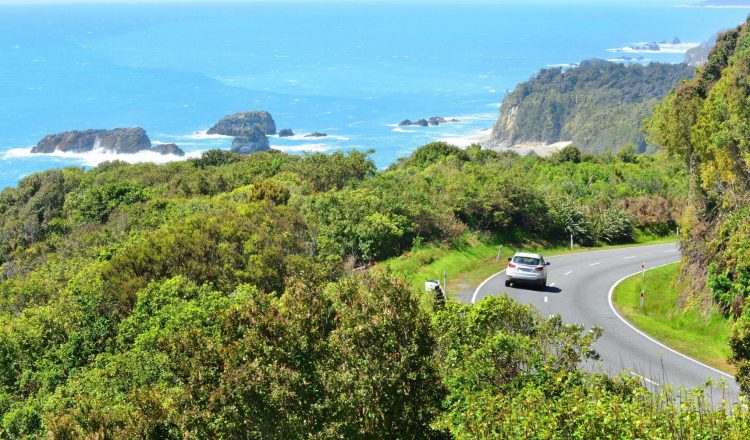高级司机
高级驾驶员可能会受视力、反应时间和灵活性的变化的影响,这可能会影响车辆的安全操控。
安全的道路系统让技术娴熟、胜任、警惕和清醒的驾驶员在安全的道路上以安全的速度在安全的道路上以安全的速度行驶,能够避免错误。如果有时候驾驶不再安全,人们将需要从驾驶中退休,但仍然可以保持行动性和独立性。
司机必须在 75 岁、80 岁以及之后每两年更新驾驶执照。
- 您的新许可证的有效期仅为 2 至 5 年。
- 续订费用较低,因为您更频繁地续订许可证。
- 申请时,您都需要出示医疗证明。
- 如果你的医生推荐,你将不得不参加 30 分钟的道路安全测试。
每次
获得医疗证明
要在 75 岁生日之后续订驾照,您需要去看医生以获得驾驶执照的医疗证明。
告诉你的医生证书适用于你的驾驶执照。你必须自己支付预约费用。
在你的预约期间,你的医生将与你讨论你目前的健康状况并测试你的视力。然后,他们会建议你是否:
- 在医学上适合开车
- 医学上适合在条件下驾驶(例如校正镜头、时间限制、距离限制)
- 医学上适合在道路安全测试的情况下驾驶
- 被转介给专家(例如验光师或职业治疗师驾驶评估师 —— 你的医生会告诉你结果)
- 在医学上不适合开车。你的医生必须告知新西兰运输局,你的执照将在你的生日到期。
如果你的医生决定你在医疗上适合开车,他或她将向你提供驾驶执照的医疗证明。

















































